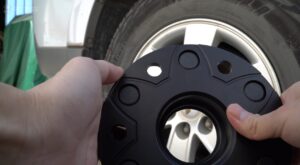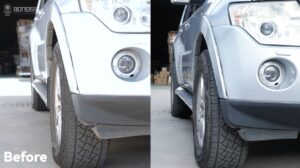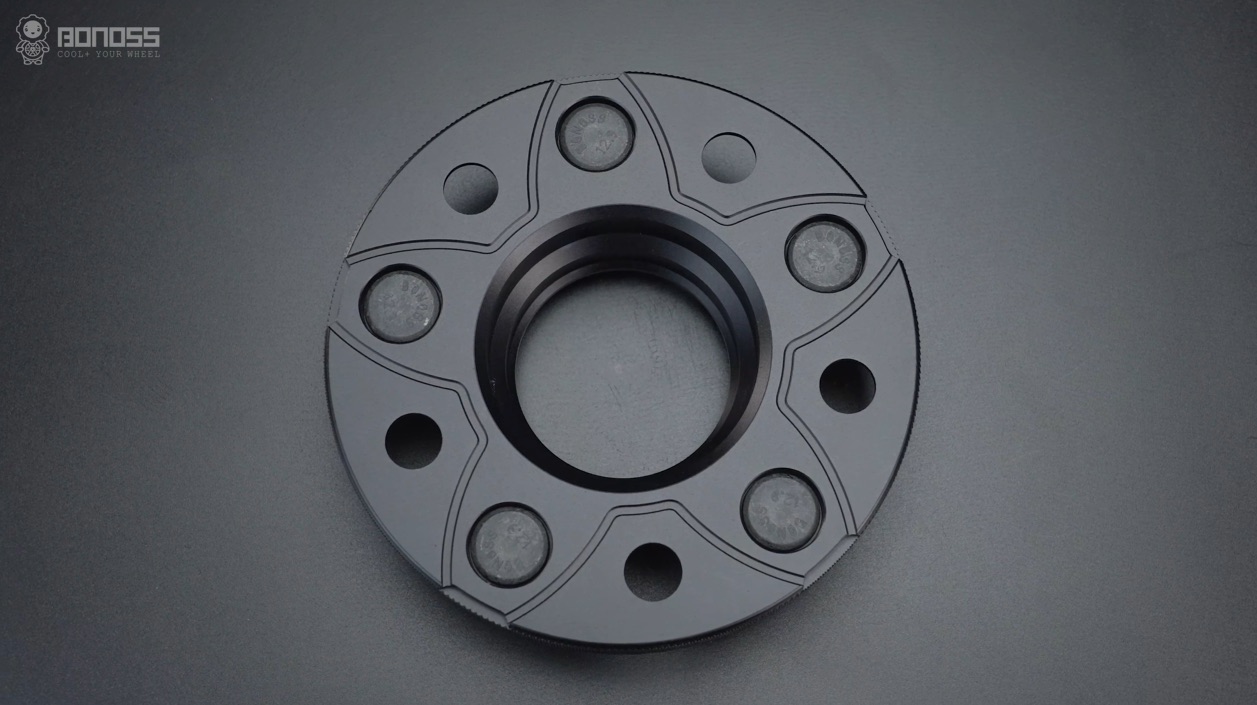One of the popular tuning methods to boost your Mitsubishi Pajero is mounting wheel spacers. Pajero is also known as the Montero or Shogun in some markets. The Pajero is a four-wheel drive SUV that has been in production since 1982. It is known for its off-road performance, reliability, and versatility. Some owners may want to enhance their Pajero’s look and performance by installing wheel spacers.
But how do you choose the right size of wheel spacers for your Pajero? There are several factors to consider, such as the bolt pattern, the center bore, the thickness, and the compatibility with your wheels and tires. In this post, we will explain these factors and provide some examples of Pajero owners who have successfully installed wheel spacers on their vehicles.
Bolt pattern and center bore of Mitsubishi Pajero wheel spacers
The bolt pattern and the center bore are two important measurements that determine how the wheel spacers fit on your Pajero’s hub. The bolt pattern is the number and arrangement of bolts or studs that secure the wheel to the hub. The center bore is the diameter of the hole in the center of the wheel or spacer that fits over the hub.
The Pajero has different bolt patterns and center bores depending on the model year and generation. For example, the first generation (1982-1991) has a 6×139.7 mm bolt pattern and a 108 mm center bore, while the second generation (1991-1999) has a 6×139.7 mm bolt pattern and a 100 mm center bore. The third generation (1999-2006) and the fourth generation (2006-present) have a 6×114.3 mm bolt pattern and a 66.1 mm center bore.
Therefore, you need to check your Pajero’s bolt pattern and center bore before buying wheel spacers. You also need to make sure that the wheel spacers have the same bolt pattern and center bore as your vehicle. Otherwise, they will not fit properly and may cause damage or safety issues.
Thickness of Mitsubishi Pajero wheel spacers
The thickness of the wheel spacers is another factor that affects the appearance and performance of your Pajero. The thickness determines how much the wheels are pushed out from the hub, which can change the stance and the offset of the vehicle.
The stance is the distance between the left and right wheels on the same axle. A wider stance can improve the stability and handling of the vehicle, especially when cornering or driving on uneven terrain. However, a too wide stance can also cause rubbing or interference with the fenders, suspension, or brakes.
The offset is the distance between the centerline of the wheel and the mounting surface of the hub. A positive offset means that the wheel is closer to the inside of the vehicle, while a negative offset means that the wheel is closer to the outside of the vehicle. A zero offset means that the wheel is aligned with the hub.

Which brand of Mitsubishi Pajero wheel spacers are best to run?
BONOSS is the spacer brand that produces quality and well-designed Mitsubishi Pajero wheel spacers. They are high-quality and high-performance wheel spacers. All of these spacers are aircraft grade 7075-T6 or 6061-T6 forged aluminum alloy. 7075-T6 aluminum alloy is the highest grade of material applied to produce wheel spacers. Besides, BONOSS Mitsubishi Pajero wheel spacers are also equipped with the toughest studs, ISO grade 12.9 wheel studs. These studs are tough and durable to bear the high pressure and strong hit.
Except for quality, BONOSS Mitsubishi Pajero wheel spacers are pretty. They are black anodizing coated. The whole spacer is glittering black gold luster. On the side, it is the knurling pattern that not only increases the aesthetic value, but reduces internal stress of the spacer body and makes it tougher.
The edge of BONOSS spacer is the active cooling design, which is an unparalleled and globally patented design. You can only see this design in BONOSS spacers. The active cooling structure consists of several dissipation grooves on the surface of the space which are symmetrical petal patterns. These grooves are mainly devised to relieve thermal decay and increase brake response. Especially when the wheel rotates fast, the active cooling effect is more effective.







